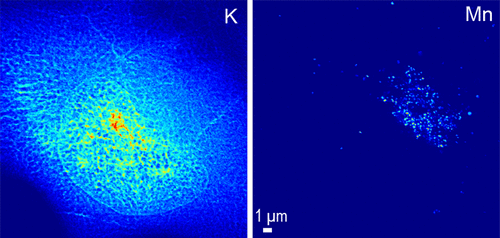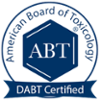Previous studies have implicated MPTP and similar toxic compounds in Parkinson's disease risk. Earlier work by Avadhani and colleagues has shown that CYP2D6 plays a role in metabolizing MPTP to the toxic metabolite MPP. The results of their new study indicate that toxicants resembling MPTP found in tobacco smoke, alcohol, and some foods are also activated by CYP2D6. This route of metabolic activation was shown in a mouse model, to result in neuronal damage and oxidative stress, and symptoms akin to Parkinson's. "CYP2D6 is known to play a role in influencing the activity of a number of drugs," said Avadhani.
To learn more about the connection between neurotoxicant metabolism and PD risk and age at onset of this disease read my review on the topic here.
Link to original news story here
Link to article in JBC

 RSS Feed
RSS Feed

